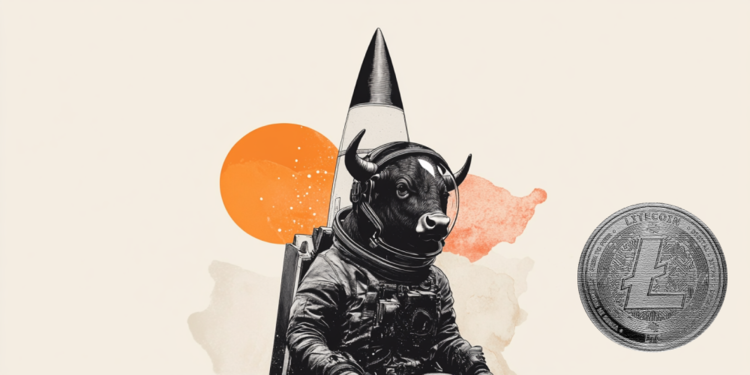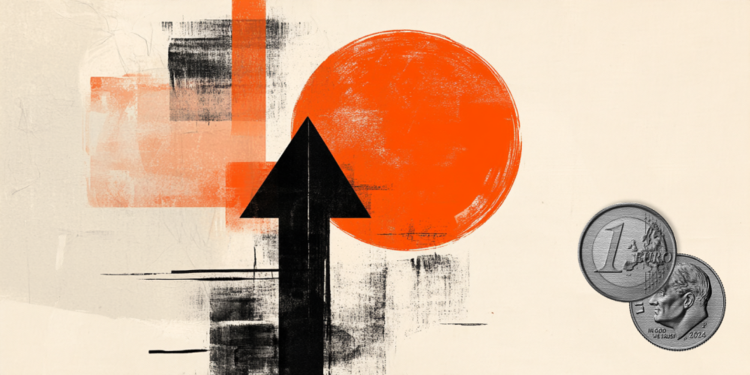Exchange houses registered a surge in demand for the dollar and the euro in the first half of this year. Driven by the reopening of borders and the resumption of travel after the period of pent-up demand caused by Covid-19, the US currency rose 250%, while the euro increased by 1,100% compared to the same period in 2021.
The data were collected by the Brazilian Exchange Association (Abracam) at the request of CNN Brasil. Despite the recovery, rates are still below the pre-pandemic level. Compared to the first half of 2019, the sector currently has a volume 50% lower for the dollar and 60% lower for the euro.
“We had closed borders and almost zero travel prospects. So, much of what we see today is a very significant growth, but we are still below normal movements. The increase in currency is also a factor with special attention”, highlights Abracam executive president Kelly Massaro.
Due to the increase in the exchange rate this month, the sector is already seeing a drop in sales compared to May. In the last month, the dollar came to cost R$ 4.75. This Wednesday (22), the American currency closed at R$ 5.179, after a rise of 0.5%.
“March, April and May were very good months. But the new increase in the dollar gives that reversal in the stimulus of people. In the past, for example, in the United States, you would see something at US$ 30, US$ 40, which seemed cheap, even with the dollar between R$ 3 and R$ 4. Today, with taxes of the currency and the local country, we are we expecting to multiply by six? It’s a lot”, evaluates Massaro.
A survey by the Melhor Câmbio platform, a specialist in tourist exchange rates, pointed out that the purchase of the US currency generated a value of BRL 372.6 million in the first six months of 2022. The euro registered BRL 247 million. , in the first half of this year.
Altogether, the survey totaled more than 47,000 negotiations just for the dollar, in 800 exchange offices spread across the country. In the same period of 2021, the numbers closed at 10,923 purchase movements.
Regarding the next semester, the sector still does not show high expectations. The macroeconomic scenario and the arrival of elections are the main factors that can slow down the purchase of foreign currency, according to Stéfano Assis, CEO of the Melhor Câmbio platform.
“I believe that we still do not overcome or reach pre-pandemic numbers, largely due to the global recession we are experiencing. There are experts who are predicting the recession extending to the second half of 2022 and with the potential to extend to 2023. So pre-pandemic levels, we will only have it from next year. If, conditioned to this global, macroeconomic issue that we are experiencing”, says Assis.
For the executive president of Abracam, Kelly Massaro, the optimistic results for 2022 were concentrated in the first half. “We are evaluating that it will be the best semester of the year for these reasons. Even because the stimulus of the currency fall helped a lot in the beginning of the year with the recovery of the more vibrant economy, it was also important. So, we think that these last six months are more conservative months and that people are still evaluating and projecting”, she pointed out.
Source: CNN Brasil
I am Sophia william, author of World Stock Market. I have a degree in journalism from the University of Missouri and I have worked as a reporter for several news websites. I have a passion for writing and informing people about the latest news and events happening in the world. I strive to be accurate and unbiased in my reporting, and I hope to provide readers with valuable information that they can use to make informed decisions.







